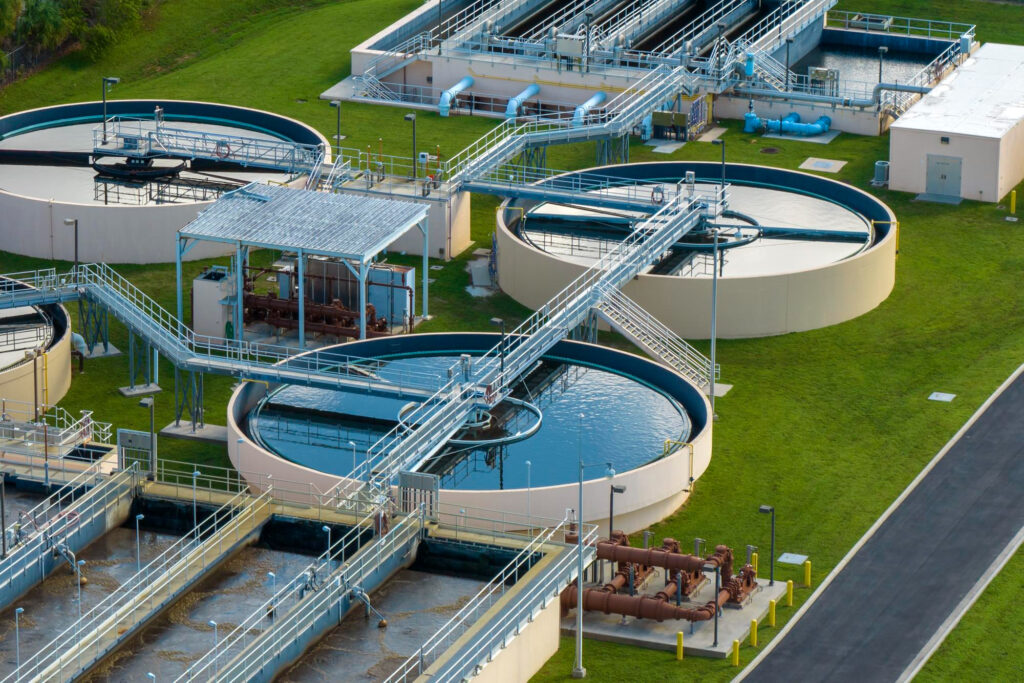Introduction
Water conservation is one of the biggest challenges in the textile industry, where dyeing and processing units consume vast amounts of water and generate significant wastewater. Tirupur, India’s largest textile hub, has taken a pioneering step in addressing this issue through the implementation of Zero Liquid Discharge (ZLD) technology. As the first textile cluster in the world to adopt large-scale ZLD, Tirupur ensures that 96% of wastewater from textile processing is treated and reused, eliminating industrial water discharge. This initiative not only supports sustainable manufacturing but also sets a global benchmark for water conservation in the textile sector.
Understanding Zero Liquid Discharge (ZLD) in Tirupur
Tirupur’s ZLD system is a revolutionary wastewater treatment approach that prevents the release of untreated industrial effluents into water bodies. Instead of discharging wastewater, the effluent treatment plants (ETPs) purify and recycle water for reuse in textile processing. This system has required significant investment and infrastructure, but its long-term benefits in sustainability and environmental protection outweigh the costs.
Infrastructure and Implementation
Tirupur has invested approximately ₹850 crores in ZLD infrastructure, ensuring a robust and efficient wastewater recycling system. The region operates 18 Common Effluent Treatment Plants (CETPs) that serve 310 textile units, along with 60 Individual Effluent Treatment Plants (IETPs) for standalone processing units. These plants collectively treat 13 crore liters of effluent daily, with an impressive 96% recovery rate, ensuring that nearly all wastewater is purified and reused within the industry.
Environmental Impact of ZLD
The adoption of ZLD in Tirupur has significantly reduced industrial pollution and water wastage. By ensuring that no untreated water is released into natural water bodies, the textile industry has successfully prevented water contamination, preserving local rivers and groundwater. Additionally, the ability to recycle vast amounts of water has reduced the strain on freshwater resources, making textile production more sustainable in a region that relies heavily on water-intensive industries.
ZLD as a Model for Other Industrial Hubs
Tirupur’s success with ZLD serves as a model for other industrial regions facing similar water challenges. Several textile hubs and manufacturing sectors in India and abroad are now looking to replicate Tirupur’s wastewater management system. With increasing global emphasis on sustainable manufacturing and ESG compliance, adopting ZLD technology can help industries meet international environmental standards while ensuring long-term resource efficiency.
Conclusion
Tirupur’s implementation of Zero Liquid Discharge (ZLD) is a testament to its commitment to environmental responsibility and sustainable textile production. By investing in advanced wastewater treatment infrastructure, the city has eliminated industrial water discharge, significantly reduced pollution, and set a global benchmark for water conservation. As more industries recognize the importance of sustainable water management, Tirupur stands as a shining example of how innovation and responsibility can transform an industry while preserving essential natural resources for the future.

